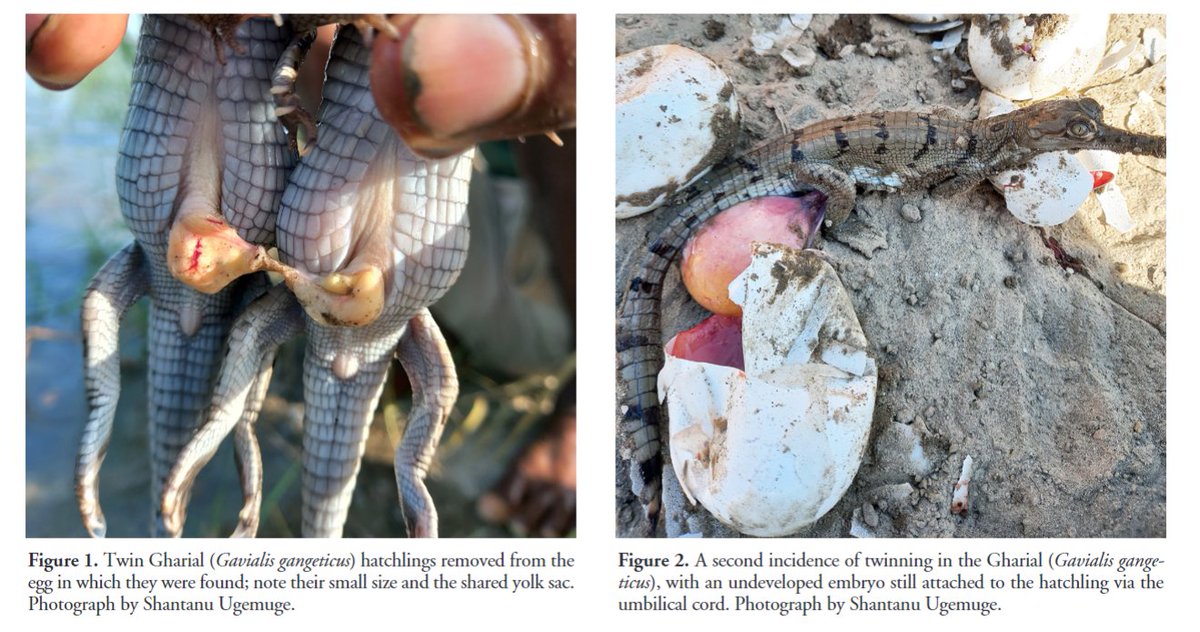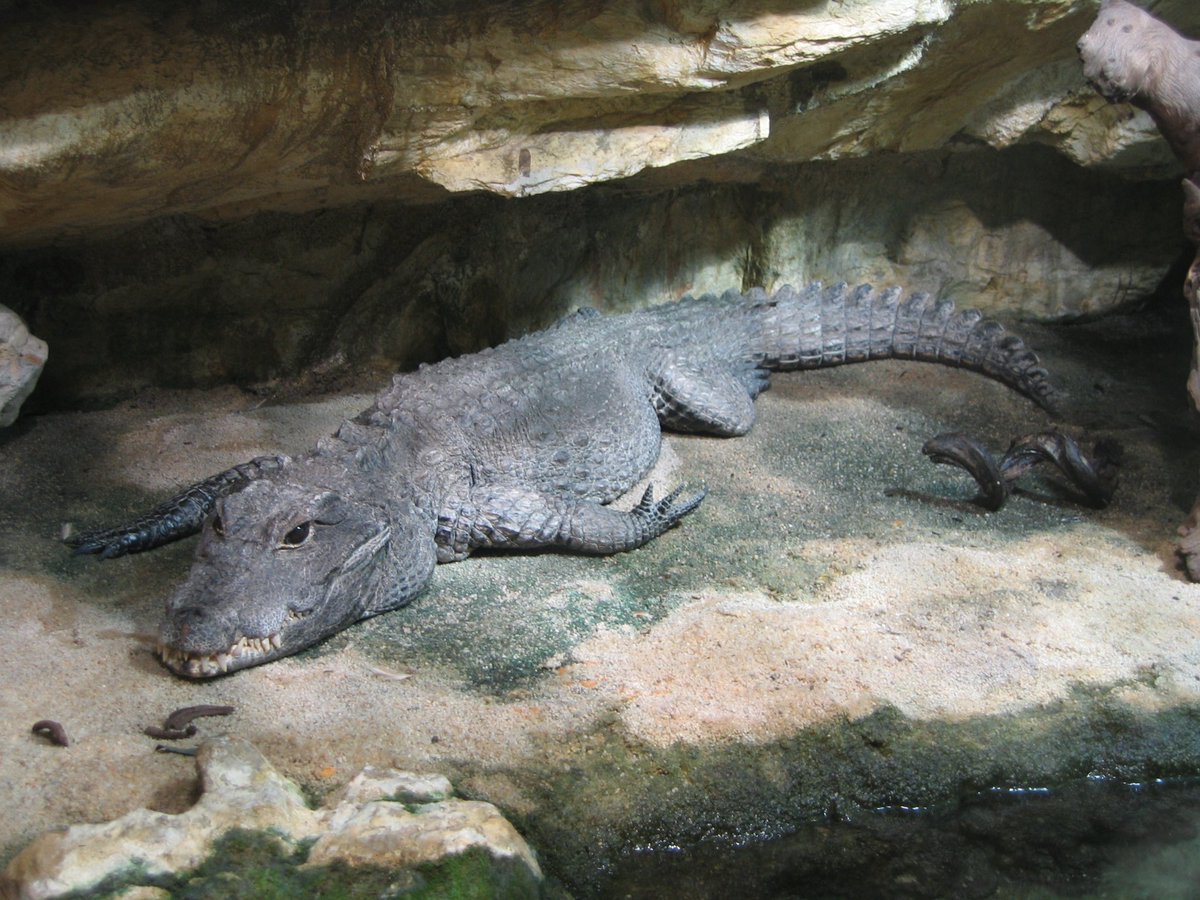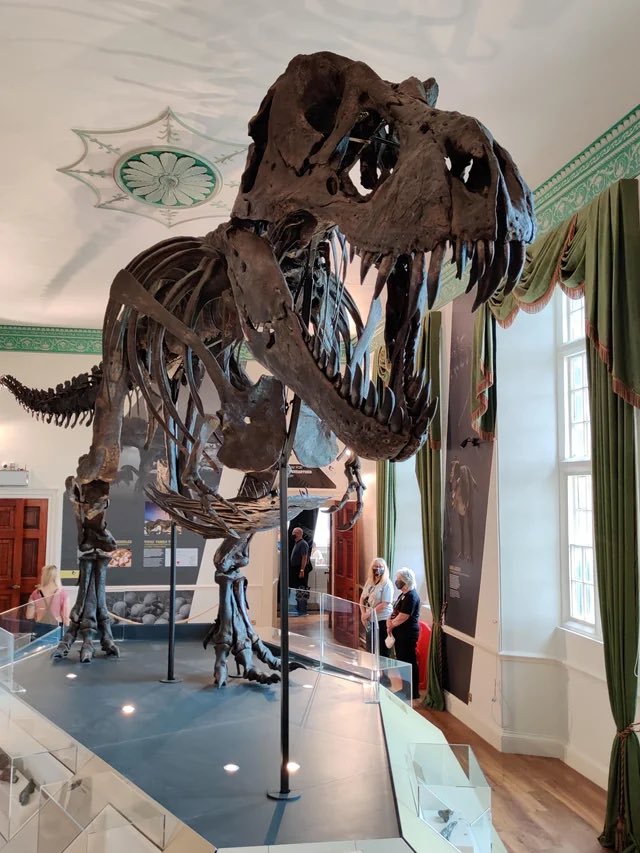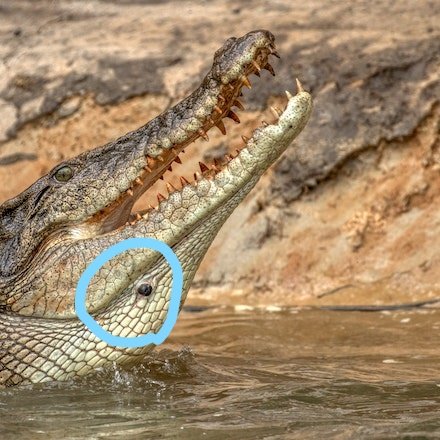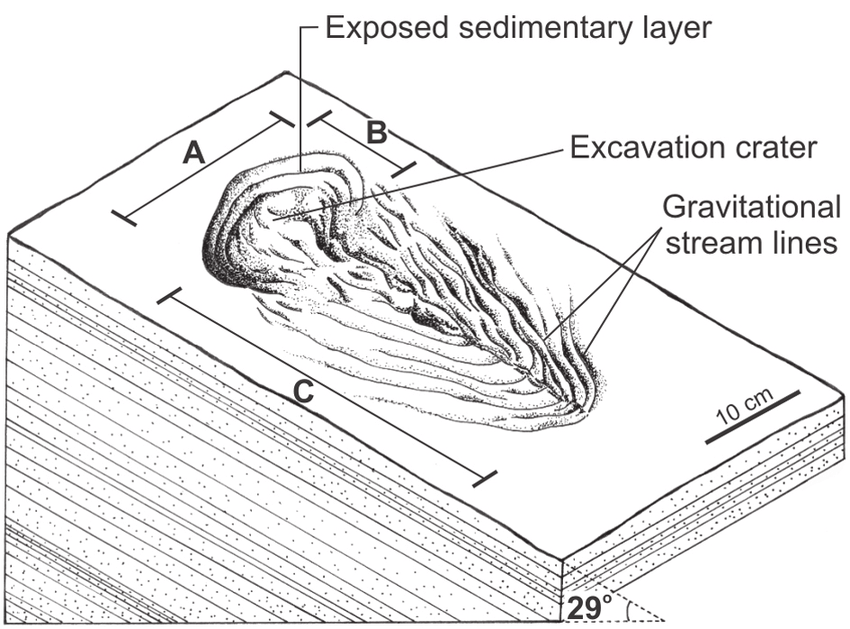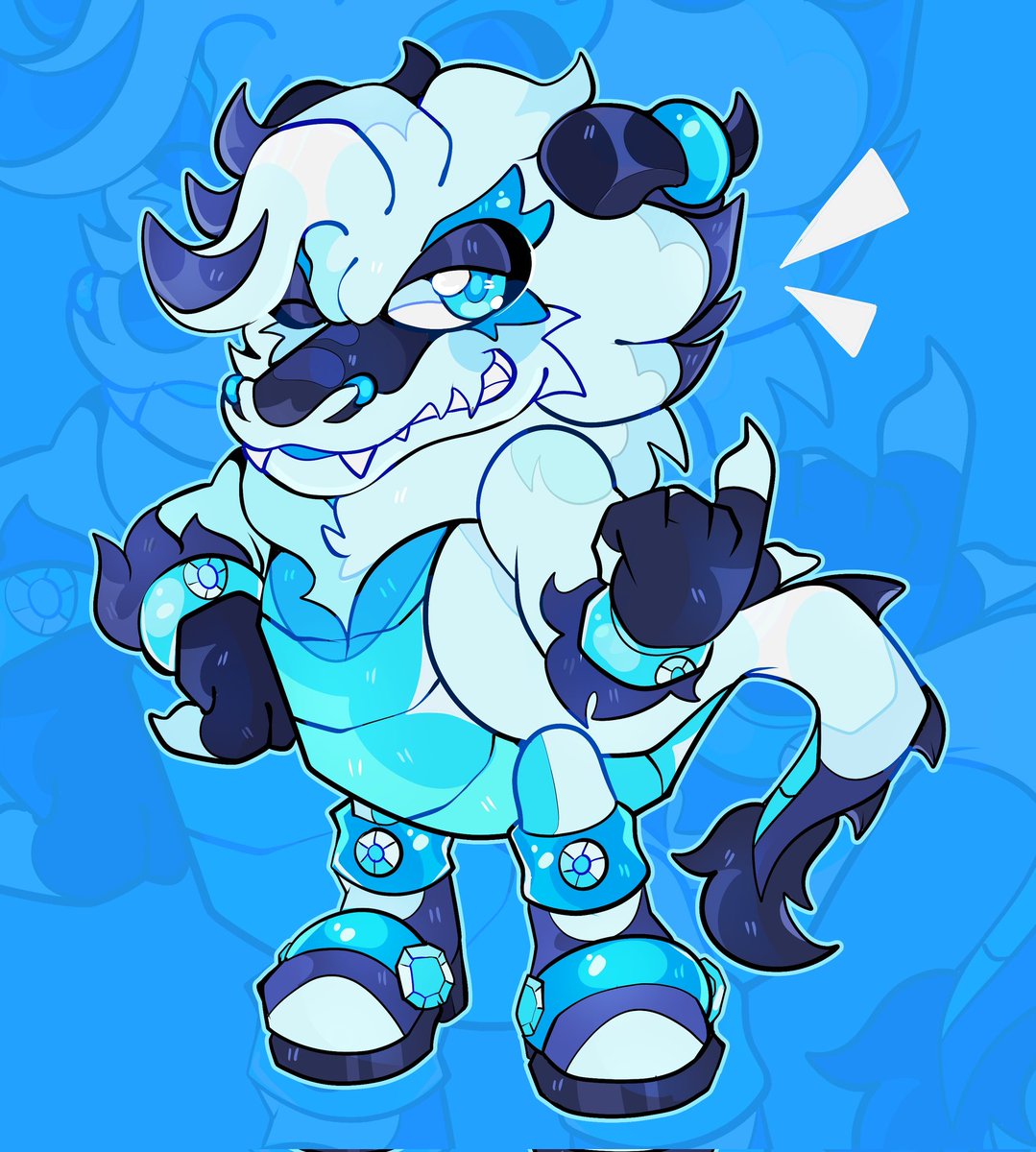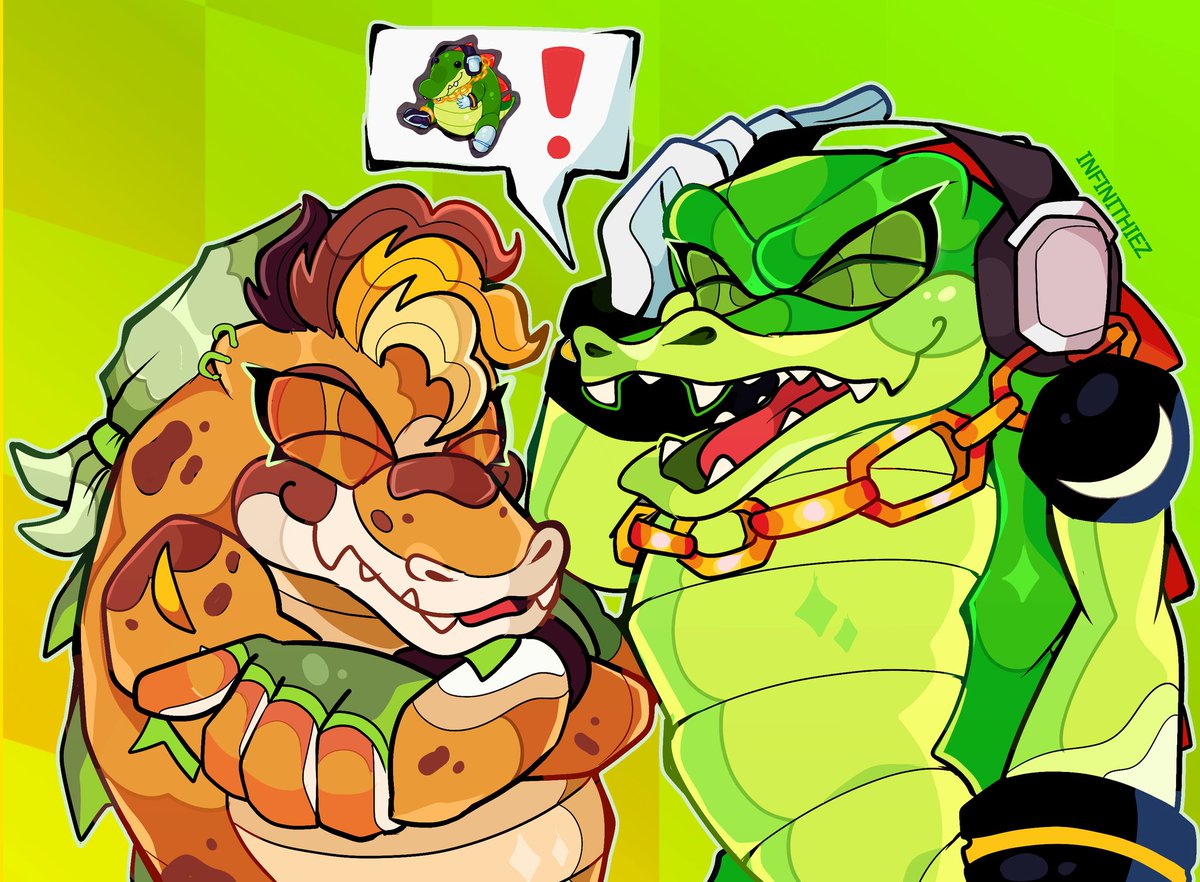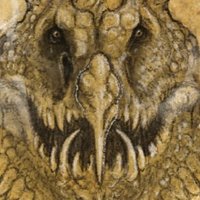
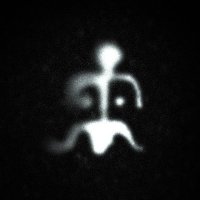

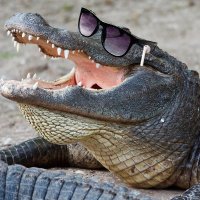



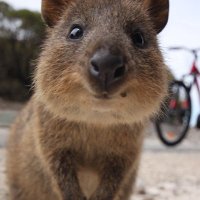



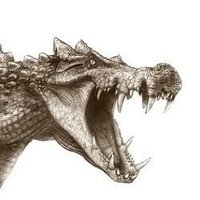

Today's warm-up.
A continuation of a doodle inspired by Luigi 's post. At least we still have dinos (birds) and crocodilians. RIP Pterosaur bros.
#paleoart #coproliteposting #ToothlessDancing





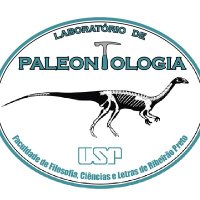
Published today in Palaeogeography, Palaeoclimatology, Palaeoecology (sciencedirect.com/science/articl…), an article co-authored by Max Langer and Thiago schineider fachini reveals that notosuchians had a higher oxygen consumption than modern crocodilians during periods of intensive activity 🐊🇧🇷

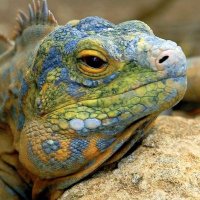
'Twinning in a wild breeding population of Gharials (Gavialis gangeticus) in India' by Ugemuge et al. (2024) has recently been published in #Reptiles andAmphibians : doi.org/10.17161/randa… #Herpetology #Reptiles #Crocodilians
